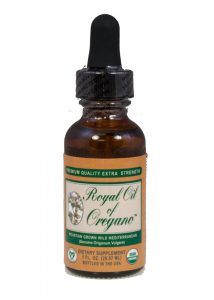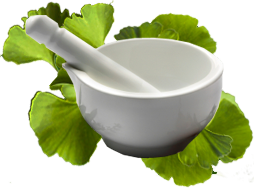
Potent germ-killer, Oregano oil comes from the plant Origanum vulgare and has a long history as a natural antibiotic and antiseptic used to fight infection. People in the Middle Ages used oil of oregano to help preserve foods. Oregano oil contains the compound carvacrol which has impressive antiviral, antibacterial, antifungal, and antiparasitic properties.
Interesting research has been done by the United States Department of Agriculture on Oregano oil’s ability to consistently kill E. Coli, Listeria monocytogenes, and Salmonella, common and sometimes deadly food-borne pathogens.
According to the Mayo Clinic, most urinary tract infections are caused by the bacteria Escherichia coli. But drug-resistant strains of E-coli have developed, making urinary tract infections harder to treat. A major advantage of using an essential oil to fight germs is that pathogens do not develop resistant strains to essential oils. Clinical studies have proven that bacteria do not develop resistance to Oregano oil, but continue to be destroyed by it over time. As a broad spectrum anti-microbial, it will destroy both urinary tract bacteria and yeasts, unlike most antibiotics.
Another study demonstrated Oregano oil’s effectiveness in controlling Candida overgrowth.

The pain relief effect combined with antibacterial abilities also makes Oregano oil a good support nutrient when toothaches or gum infections are a concern.
Use of Oregano oil for prevention can also be beneficial for those prone to colds and flu viruses. Rubbing a small amount of the oil on the skin behind the ear and letting it absorb in, can help fight off ear infections.
Oregano oil has other excellent benefits beyond fighting infection. Venom from insects, snake bites and spiders is neutralized and extracted by Oregano oil. The aromatherapy abilities help to open the sinuses to relieve congestion. When struggling with migraines and sinus headaches, benefit from Oregano oil’s natural pain killing properties.
Referenced Studies:
Soković M, Glamočlija J, Marin PD, Brkić D, Griensven LJ. Antibacterial effects of the essential oils of commonly consumed medicinal herbs using an in vitro model. Molecules 2010 October 15(11):7532-46.
Souza EL, de Barros JC, de Oliveira CE, da Conceição ML. Influence of Origanum vulgare L. essential oil on enterotoxin production, membrane permeability and surface characteristics of Staphylococcus aureus. Int J Food Microbiol. 2010 February 28;137(2-3):308-11
Rosato A, Vitali C, Piarulli M, Mazzotta M, Argentieri MP, Mallamaci R. In vitro synergic efficacy of the combination of Nystatin with the essential oils of Origanum vulgare and Pelargonium graveolens against some Candida species. Phytomedicine. 2009 October 16(10):972-5.
La Storia A, Ercolini D, Marinello F, Di Pasqua R, Villani F, Mauriello G. Atomic force microscopy analysis shows surface structure changes in carvacrol-treated bacterial cells. Res Microbiol. 2010 December
Irkin R, Korukluoglu M. Growth inhibition of pathogenic bacteria and some yeasts by selected essential oils and survival of L. monocytogenes and C. albicans in apple-carrot juice. Foodborne Pathog Dis. 2009 April 6(3):387-94.
